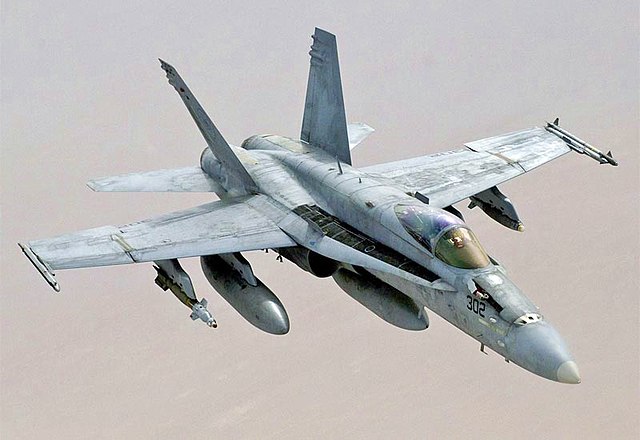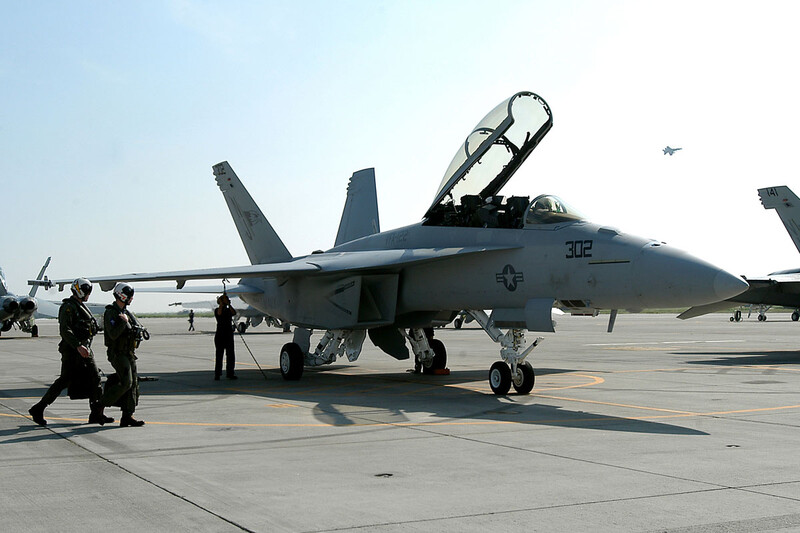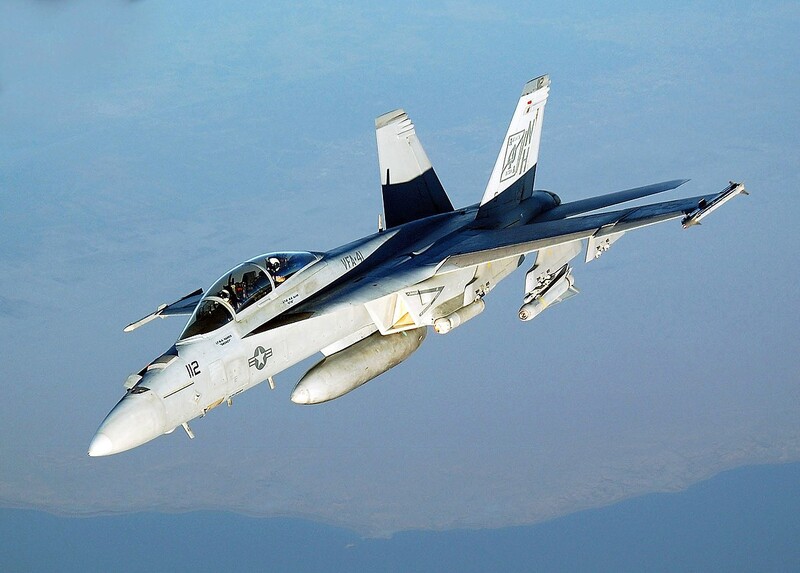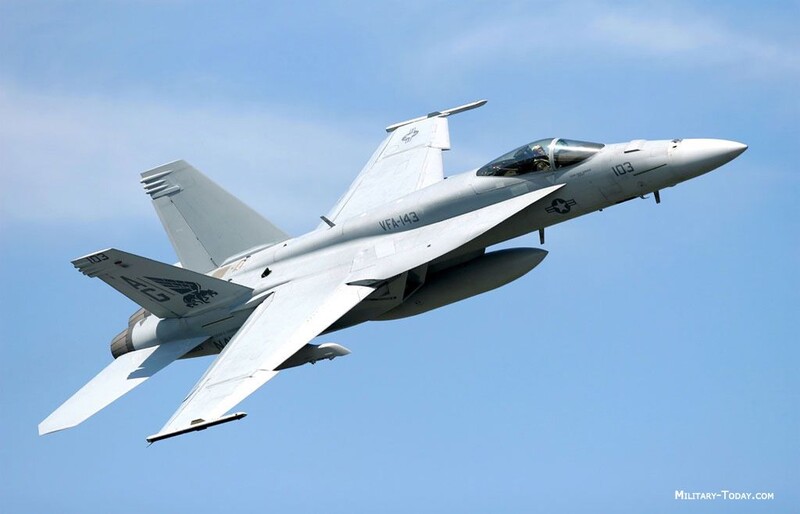
The first of McDonnell Dauglas’s (Boeing from 1997) Hornet upgrade concepts to reach fruition is the F/A-18E Super Hornet. The first F/A-18E made its maiden flight in November 1995 and the first aircraft was formally accepted into service with VFA-122 on 15 January 1999. The avionics upgrade is centred on the Raytheon APG-73 radar as already fitted to late versions of the F/A-18C.The Super Hornet, introduced in the late 1990s, offers several enhancements over its predecessor, including a larger airframe, increased range, greater payload capacity, and improved avionics. It features advanced systems and technologies, such as an advanced radar system, an upgraded mission computer, improved cockpit displays, and enhanced electronic warfare capabilities.

The IDECM (Integrated Defensive Electronic Counter Measures) system has three major elements: an ALR-67(V)3 RWR, ALQ-214 radio-frequency counter measures system and ALE-55 fibre-optic towed decoy system. The cockpit of the F/A-18E is similar to that of the F/A-18C with the exception of a larger flat-panel display in place of the current three head down displays.

The enlarged airframe incorporates measures to reduce radar cross section and includes a fuselage lengthened by 0.86 m, an enlarged wing characterised by a thicker section and two more hardpoints, enlarged leading edge root extentions, and horizontal and vertical tail surfaces. The Super Hornet also has a structure extensively redesigned to reduce weight and cost without sacrificing its strength.

The F/A-18E/F also features a new quadruplex digital fly-by-wire control system without the Hornet’s mechanical back-up system. The F/A-18F Super Hornet is the two-seat development of the F/A-18E, with the rear cockpit equipped with the same displays as the front cockpit and otherwise configured for alternative combat of training roles.

The US Navy had originally planned to procure a total of 1 000 Super Hornets, but in 1997 the total was reduced to 548. Any delay in the service debut of the JSF to a time later than 2008-10, however, will see the number of Super Hornets rise to 748. An F/A-18F C²W electronic combat variant has been proposed as a replacement for the Grumman EA-6B Prowler. This will be capable of both active jamming as well as lethal suspension of enemy aid defense.





